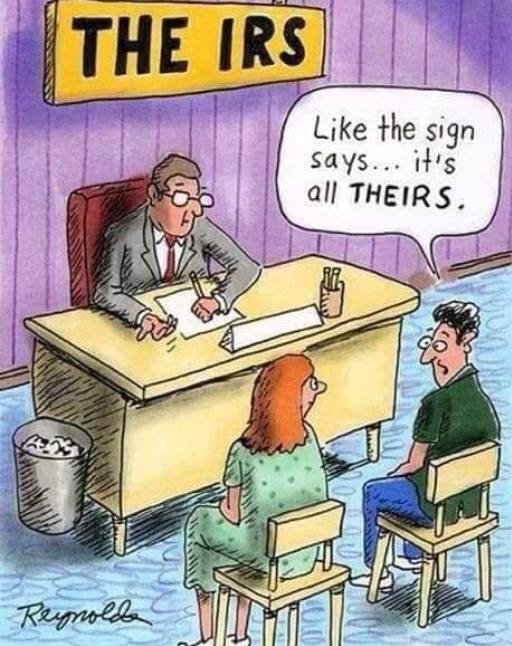When I first got out of Law School in the 1980s, "professionals" didn't type … that was your assistant's job.
Then again, most people couldn't have imagined what computers and software are capable of now.
Looking back, my career has been a series of cycles where I was able to imagine what advanced tech would enable (and how business would have to change to best leverage those new capabilities).
Malcolm Gladwell suggests that it takes 10,000 hours of focus and effort for someone to become an expert at something.
But the game is changing.
Today, we can do research that took humans 10,000 hours in the time it took you to read this sentence. Moreover, technology doesn't forget what it's learned because a computer's memory is much better than yours or mine.
Still, technology isn't a cure-all. Many people miss out on the benefits of A.I. and technology for the same reasons they didn't master the hobbies they picked up as an adolescent.
I shot a video discussing how to use technology to create a sustainable creative advantage. Check it out.
Most people realize this technology is cool – and they want to use AI – but they forget what mastery takes.
When using AI and high-performance computing, you need to ask the same questions you ask yourself about your life's purpose.
- What's my goal?
- What do I (or my systems) need to learn to accomplish my goal?
- What are the best ways to achieve that goal (or something better)?
Too many companies are focused on AI as if that is the goal. AI is simply a tool. As I mentioned in the video, you have to define the problem the right way in order to find a solution for it.
Artificial Intelligence is a game-changer – so you have to approach it as such.
Know your mission and your strategy, recognize what you're committing to, set it as a compass heading and make deliberate movement in that direction.
I end the video by saying, "Wisdom comes from making finer distinctions. So, it is an iterative and recursive process… but it is also evolutionary. And frankly, that is extraordinarily exciting!"
I hope you agree.
Onwards!


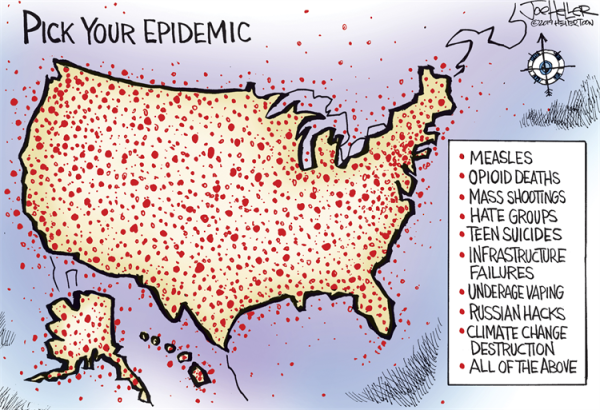
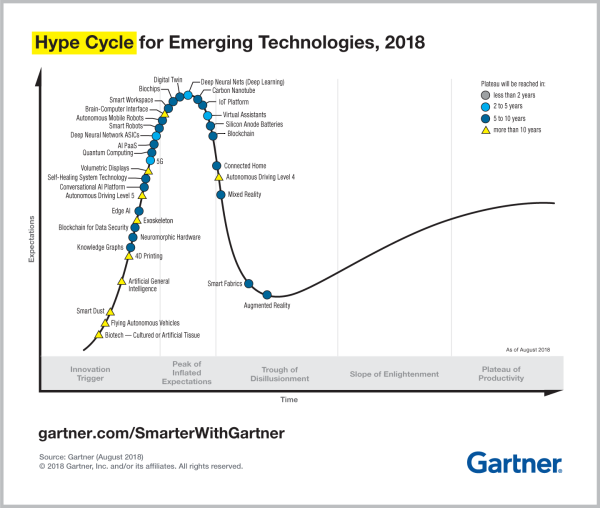 via
via 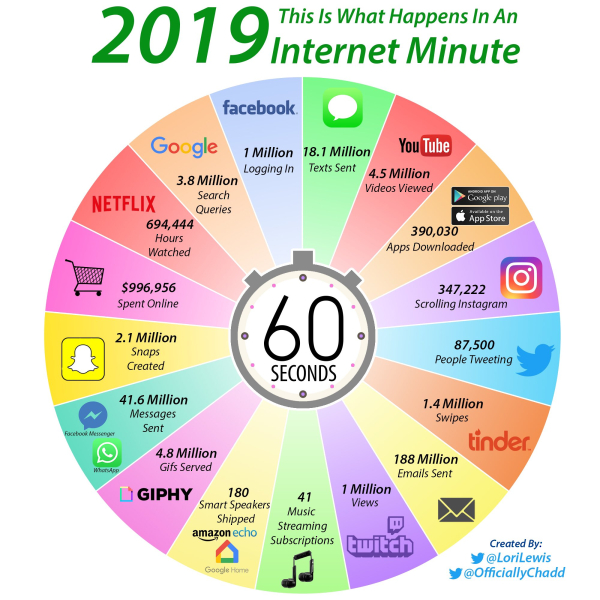
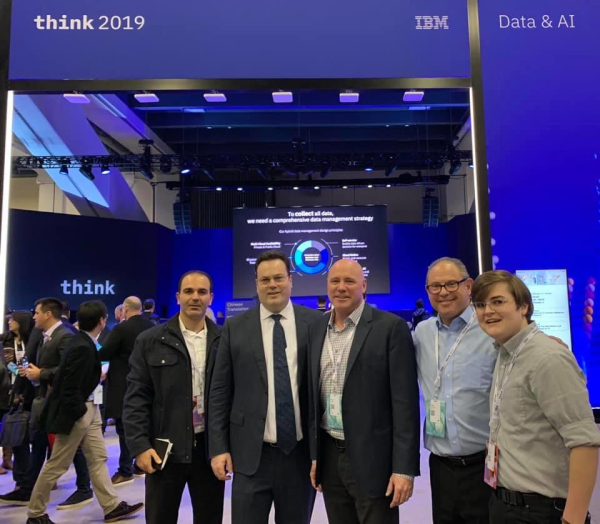
 Each generation of traders finds new ways to play the game and to generate Alpha (the excess return generated by manager skill, rather than luck or excess risk). As soon as enough people adopt a strategy (or figure out a way to combat it), the edge begins to decay.
Each generation of traders finds new ways to play the game and to generate Alpha (the excess return generated by manager skill, rather than luck or excess risk). As soon as enough people adopt a strategy (or figure out a way to combat it), the edge begins to decay.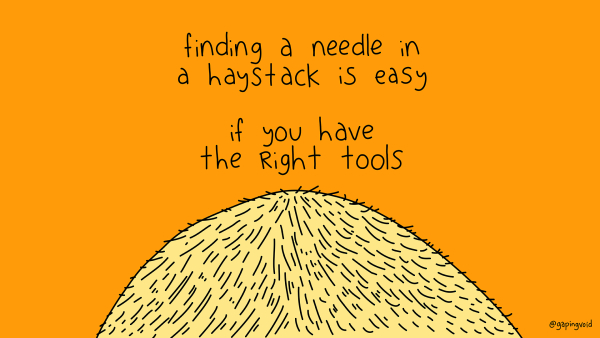
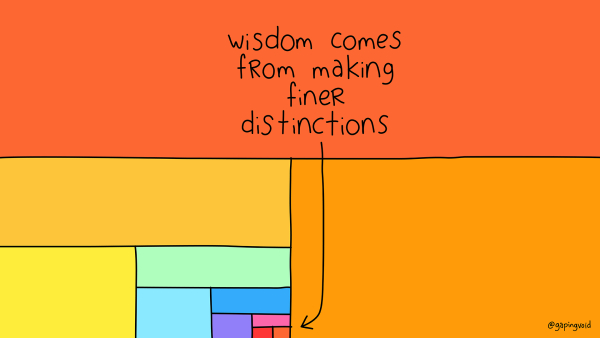
 via
via 
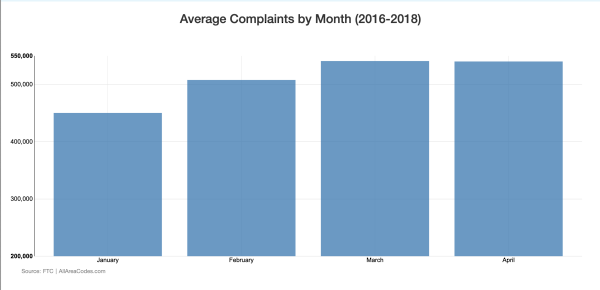 via
via 
